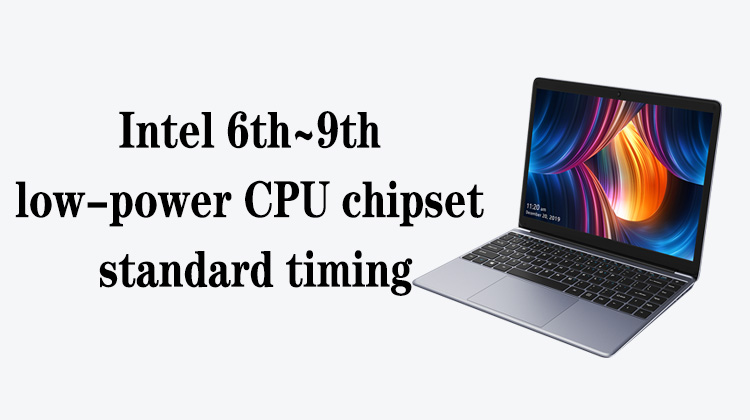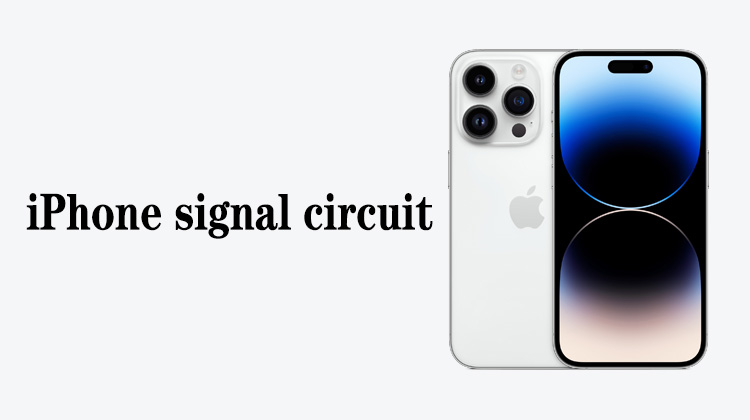1
00:00:00,266 --> 00:00:05,200
Hello everyone, today let's learn about the display signal output by the CPU
2
00:00:05,833 --> 00:00:15,533
In Intel chipsets, eDP, DP and DDI display signals have been gradually adopted since the 4th generation CPU
3
00:00:16,066 --> 00:00:20,466
The signal output by the CPU to the internal screen display
4
00:00:21,300 --> 00:00:25,500
That is, the notebook screen, using the eDP display signal
5
00:00:26,100 --> 00:00:29,433
eDP is also called Embedded Display Port
6
00:00:31,166 --> 00:00:40,933
We can see from the circuit diagram of this eDP screen interface that it uses two sets of data lines and one set of AUX channels
7
00:00:42,833 --> 00:00:52,566
These two sets of data plus the AUX channel are communicated through the coupling capacitor, and the display signal is sent to the screen interface
8
00:00:53,966 --> 00:00:56,066
There is also a HPD (Screen Insertion Detect) signal
9
00:00:56,633 --> 00:01:00,833
The AUX channel here represents the auxiliary channel
10
00:01:01,200 --> 00:01:04,433
For transferring data with low bandwidth requirements
11
00:01:04,666 --> 00:01:07,233
and circuit management and device control
12
00:01:07,533 --> 00:01:12,200
For example: replace EDID to read screen information, etc.
13
00:01:12,300 --> 00:01:14,333
There is also a DDI channel
14
00:01:14,666 --> 00:01:21,533
This DDI display signal is actually the display interface inside the x86 CPU
15
00:01:21,900 --> 00:01:24,166
It has circuit switching on the outside
16
00:01:24,633 --> 00:01:34,433
Finally, this DDI display signal will be synthesized into the display signals of the HDMI and DP interfaces that we will use
17
00:01:34,933 --> 00:01:38,466
TMDS_DATA0-/+, this is group 0
18
00:01:39,000 --> 00:01:42,366
TMDS_DATA1-/+, here is group 1
19
00:01:42,900 --> 00:01:46,066
TMDS_DATA2-/+, this is group 2
20
00:01:46,133 --> 00:01:50,200
These three pairs of data lines are the HDMI bus
21
00:01:50,633 --> 00:01:54,466
Plus a pair of TMDS_CLOCK-/+ clock signals
22
00:01:54,633 --> 00:01:58,066
It can transmit video data and audio data
23
00:01:58,766 --> 00:02:02,000
Let's take a look at the mini DP interface next to it
24
00:02:02,266 --> 00:02:05,966
This is also output from the DDI display signal conversion
25
00:02:06,066 --> 00:02:09,566
Mini DP interface has four groups of data lines
26
00:02:09,933 --> 00:02:11,166
This is group 0
27
00:02:11,766 --> 00:02:13,000
This is group 1
28
00:02:14,166 --> 00:02:15,466
This is group 2
29
00:02:17,800 --> 00:02:18,800
This is group 3
30
00:02:18,800 --> 00:02:24,066
There are a total of 4 sets of data lines plus a pair of AUX channels
31
00:02:24,400 --> 00:02:27,200
Mainly used to connect an external monitor
32
00:02:27,633 --> 00:02:33,233
And the DP interface supports carrying audio, USB and other forms of data
33
00:02:33,600 --> 00:02:41,700
This interface is designed to replace traditional VGA, DVI and LVDS interfaces, etc.







